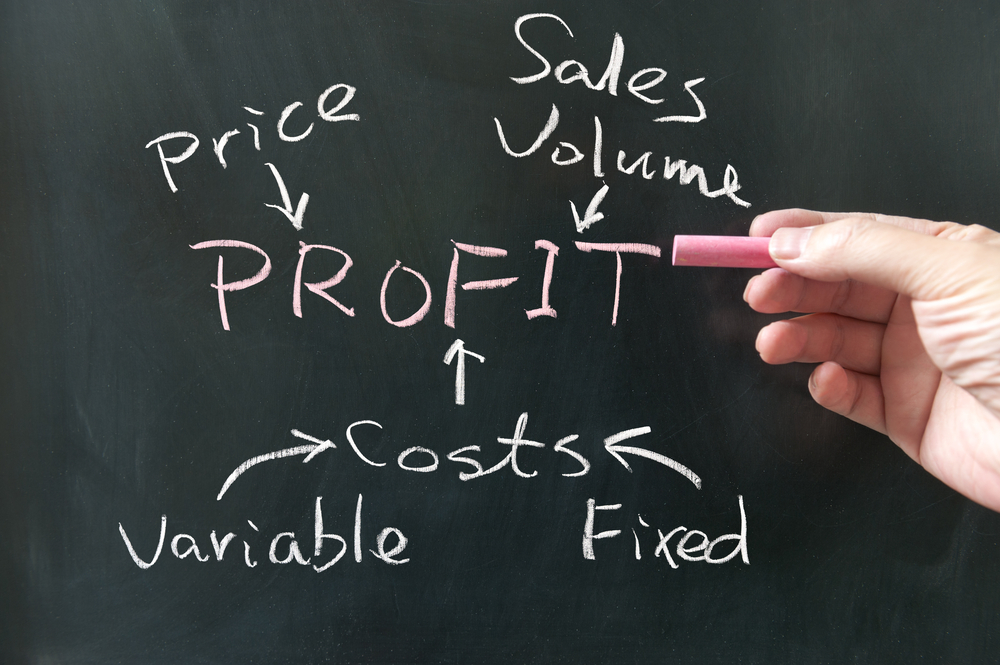News
5 Key Factors To Developing A Profitable Pricing Strategy

Establishing a profitable pricing strategy is a key factor for the success of any marketing strategy. To ensure you charge the correct amount for your product or services you will require a pricing strategy that will enable you to be both competitive within your market, while at the same time allowing you to generate sufficient revenue to cover your production costs and create a profitable business.
As with any element of your business plan, your pricing strategy is just one cog in the business wheel and the development of this strategy will be integrated with other aspects of your business. To assist you in developing a profitable pricing strategy we have identified 5 key factors for you to consider:
1. Align your pricing with your business plan
Your pricing objectives should align with your overall business plan. For example, if your business plan is to increase sales volume by 25% within twelve months, your pricing strategy will need to be highly competitive to achieve this. Alternatively, if the business goal is to improve profitability your focus will need to take into consideration your costs, to ensure a profit is obtained.
Your position within the market will also determine your pricing strategy. For example, if you are focusing on value within your market, your goods and services should be priced towards the lower end of your market. However, it is advisable to position your prices closer to the middle of your markets range to avoid looking “cheap”, while at the same time not setting prices too high for your target market.
2. Understand market forces
The market in which you operate will drive your pricing strategy to some degree and for that reason an understanding of your market is essential. Some of the factors which will impact on your price may include:
- Supplier costs
- Product type
- Number of competitors
- Your market position
- Your products place in its life cycle
Before you set your own price it is advisable to study the market to find the range of pricing for those products which are similar to your own. The price you chose should fit somewhere within that range, however the exact price you choose will be unique to your business as it will be determined by your costs, goals and type of service being offered.
3. Know the real costs
Most businesses underestimate their actual fixed and variable costs. The term ‘costs’ is not just about labour and materials; it also includes marketing, administrative and operational costs. When calculating your costs you should include a salary for yourself, even though you may not take this in the start up years. It is vital when setting your price that you incorporate the profit which you expect your business to earn as without this you are only going to achieve a break even position.
4. Prepare a sales forecast
Without an approximate idea of how many units you are likely to sell it is impossible to have an effective pricing strategy. Sales and costs are interrelated, and every element of your expenses, must be incorporated into your sales price.
While your variable costs will fluctuate in line with your sales levels, your fixed costs would remain the same. By increasing your volume of sales to a certain level you will eventually reach a sales level that will cover your fixed costs, thus increasing your profit levels.
Let’s take an example of a company with unit sales of 100,000, an operating profit of €60,000 and fixed costs of €40,000. In this case the overall profit would amount to €20,000. If however this company increased their units sold to 150,000, giving an operating profit of €90,000, the overall profit would increase to €50,000 as the fixed costs would remain at €40,000.
For more accurate pricing, detailed sales forecasts will be required to be prepared so that individual products can have costs allocated on a “per unit basis”. This will also allow the profitability of each item to be calculated and examined individually.
5. Pricing generally
Business owners should continually question their pricing strategy. For example, what would the impact be on your profitability if prices were raised by just 1% or 2%. While this might appear to be a small increase that customers may not notice, it could greatly improve the bottom line (i.e. profit) of your business. It is also a good idea to set your prices as high as possible, as costs have a way of steadily increasing.
Another strategy to adopt as part of your pricing strategy is to test prices through occasional variances to create feedback and provide information about what customers are willing to pay. It may also be necessary to lower a price on a temporary basis, or for a particular customer; however be warned, once a price is in the public domain obtaining an increase may prove difficult.
No pricing strategy can be totally inflexible. As the market changes and competitive forces vary, prices too may have to change. There are few absolutes in pricing other than an absolute need for them to cover all costs and generate profits!
If you would like assistance with developing or reviewing your pricing strategy please do not hesitate to contact a member of our team.
Images: Shutterstock
